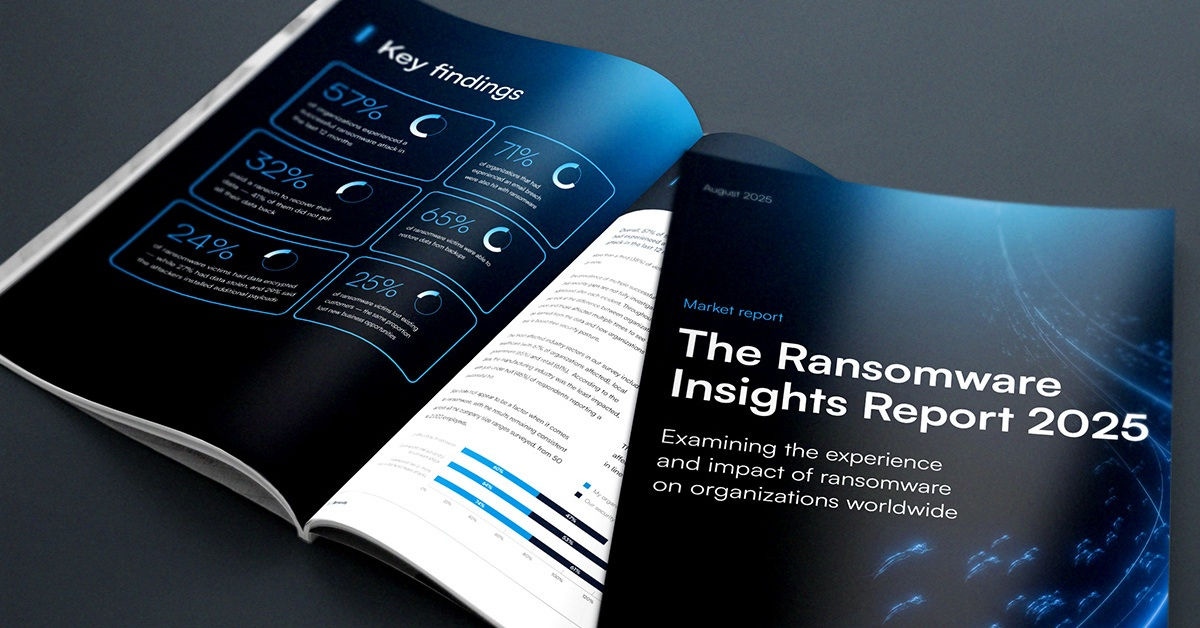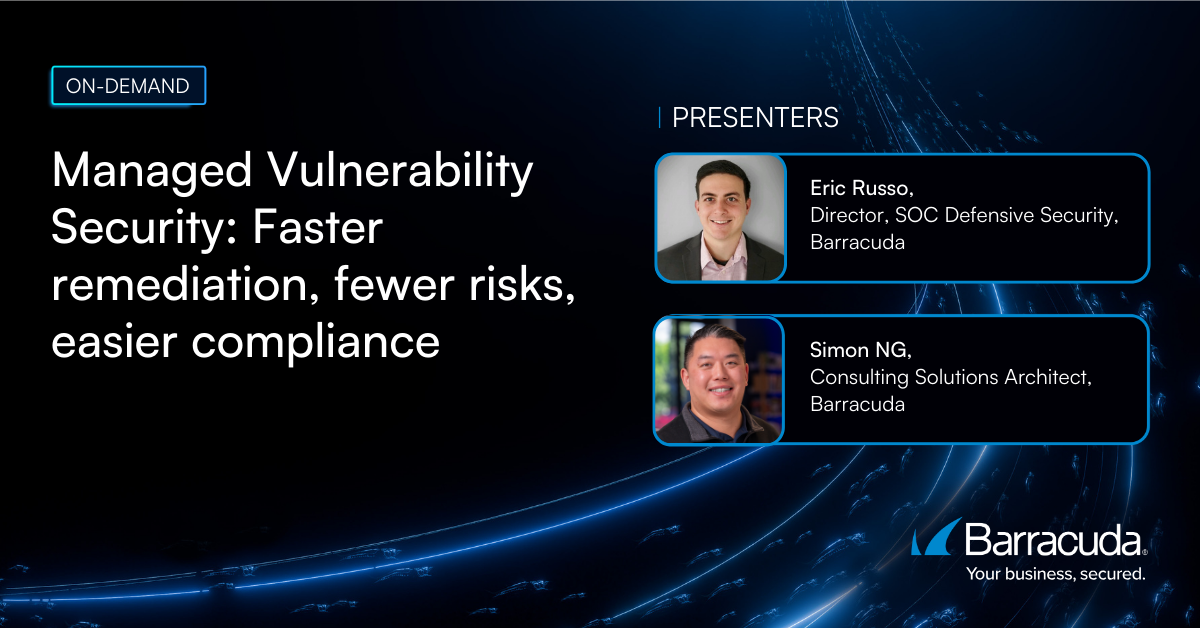
How the CIA triad helps secure your data
The CIA triad is a helpful security model for protecting data. The name refers to the three related pillars of confidentiality, integrity, and availability. The triad plays a crucial role in keeping data safe and secure from growing cyber threats. When a data or security breach occurs, it is often because the victim has not fully executed one or more of these three pillars.
The CIA triad can be used as a framework or set of guidelines to ensure comprehensive data protection. Unlike most frameworks and security models, the CIA triad is not the product of a single author or entity, and it has no clear history. The term is found in the 1989 Computer Security and Privacy Plans (CSPP) Review Project, but it may have been used earlier than that. Security expert Ben Miller explored the history of the Triad (aka 'trinity') in this 2010 post:
Where did the concepts of the CIA trinity come from? So far I’ve pinpointed Confidentiality being addressed by LaPadula and Bell in 1976 in their mandatory access control model for Honeywell Multics. This, as you may have guessed, was to address the problem of disclosure to classified data on information systems. Next, I found Clark and Wilson work in 1987 on Integrity recognizing the commercial sector’s primary focus was on the Integrity of the data on their information systems (think: accounting data).
Both of these were derived as “multilevel security” (think: orange book, 1983) as an operating system design principle. And the third leg that creates the triumvirate? Availability. I simply couldn’t find anything I could use as an authoritative source. If I were to guess, the Morris Worm may have had influence on Availability reaching the status it has.
Before going any further, let's take a look at each of the three pillars:
Confidentiality: Only authorized users and processes should be able to access or modify data. All unauthorized access to sensitive information must be prevented. Poor execution in this area can lead to identity theft, corporate espionage, and breach of privacy. One well-known breach in confidentiality is the 2017 Equifax data breach, which exposed the personal information of 147 million people.
Integrity: Data is protected while in use, in transit, and when stored. It has not been tampered with, and therefore it can be trusted. Poor integrity can lead to misinformation, fraud, or unreliable systems. The 2010 Stuxnet attack on Iranian nuclear facilities is an example of an integrity breach. This attack altered the data sent to the maintenance technicians, resulting in the failure of roughly 2000 critical devices.
Availability: Information should be consistently and readily accessible for authorized parties. This includes the maintenance of the technical infrastructure and systems that hold and display the data. A disruption in availability can result in productivity losses, financial repercussions, and potentially life-threatening situations in critical systems. The 2016 Distributed Denial of Service (DDoS) attack on Dyn DNS took down several websites and services, including Spotify, Reddit, and PayPal.
These data protection concepts have been top-of-mind individually for several decades. The strength of the CIA triad as a single model is that it forces IT teams to think of the three concepts together in the security strategy. The three may not always be equal, but they all have to be considered and the prioritization of one over others should be an intentional decision. For example, integrity may take priority over availability in government or financial institutions. Data availability may take priority over integrity in e-commerce.
You can use the CIA triad as a framework to build a resilient cybersecurity strategy. Here are some fundamental steps:
- Evaluate your current environment by identifying assets like hardware, software, services, and data. Use this information to identify threats to the confidentiality of your data. Should a breach occur, have a plan in place to address it swiftly and minimize damage.
- Deploy access control policies, encryption technologies, and employee training around data sensitivity and confidentiality.
- Set up data integrity processes like data validation and digital signatures. Regularly audit these processes.
- Conduct periodic penetration testing and vulnerability assessments to identify weaknesses in your security posture.
- Establish redundant systems, data backups, DDoS mitigation, and disaster recovery plans. Regular path management and scheduled maintenance can help avoid unplanned disruptions.
- Have a system to gather feedback, learn from incidents, and continuously refine your strategy.
You probably have many of these practices in place already. You can build on these by reviewing the best practices around information security and the CIA triad. Document policies based on these standards and communicate them throughout the organization. Give yourself a timeframe for full implementation. Educate, prioritize, and keep moving forward.
Barracuda offers comprehensive security and data protection solutions. Visit www.Barracuda.com for more information.

O Relatório de Perspetivas sobre Ransomware 2025
Principais conclusões sobre a experiência e o impacto do ransomware nas organizações em todo o mundo
Subscreva o Blogue Barracuda.
Inscreva-se para receber destaques sobre ameaças, comentários do setor e muito mais.

Segurança de Vulnerabilidades Geridas: Remediação mais rápida, menos riscos, conformidade mais fácil
Veja como pode ser fácil encontrar as vulnerabilidades que os cibercriminosos querem explorar





